
Book review: Ted Kravitz’s paddock tales make us all F1 insiders
Of late, there’s been a steady trickle of hardbacks promising to take you inside the world of contemporary Formula 1. Here’s another, and the most engaging of the lot. Sky…

Glittering dreams: in 1990 Bugatti’s shiny factory heralded a new supercar player – but is now a sad symbol of failure
Getty Images
It was a bold adventure – resurrecting a defunct marque with a huge story behind it, and for a while it seemed to have succeeded. Then everything went wrong for the reborn Bugatti…
Today around Monte Carlo or Kensington you can see plenty of evidence that Bugatti continues, but only because in 1998 the Volkswagen Group bought out the bankrupt firm. This book tells the story of the 10 years before that, years of excitement, squabbling, drama and high hopes that saw the revered name reborn as an Italian firm instead of a French one – only to be liquidated as the result of recession, disastrous sales and cashflow problems.
Guatam Sen has been associated with many of the key players and gained access to the company’s archives, making this a very detailed account of a brave undertaking. He also approached prime backer Romano Artioli for an interview though only managed an e-mail exchange as Artioli, was publishing his own book. But, says Sen pertinently, there were many players, many viewpoints “and many truths”…
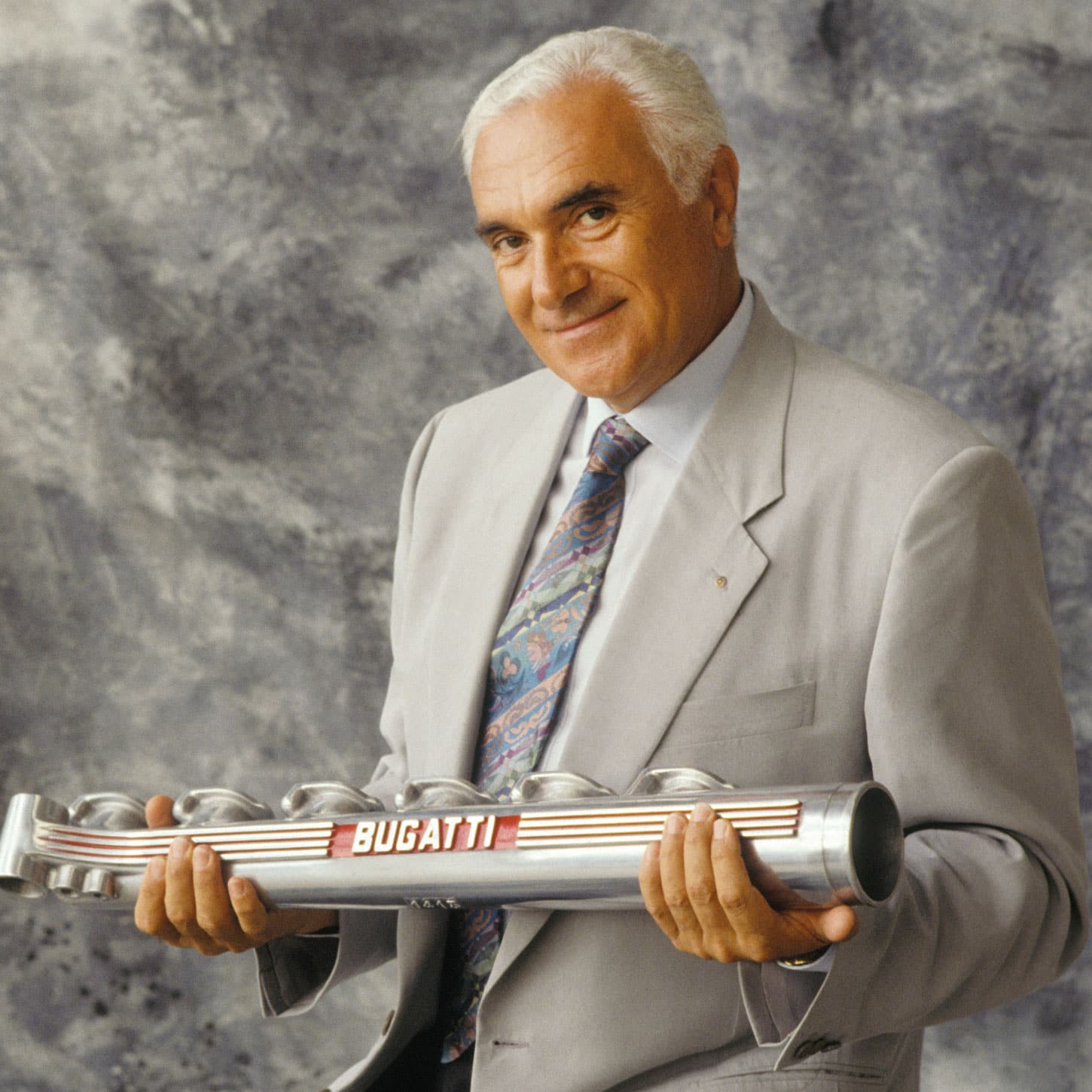
A surprise to me was finding that one of those discussing the idea of a new supercar was Ferruccio Lamborghini, though only as a sounding board – “Running a factory is a lot of trouble, too many sleepless nights,” said the retired manufacturer. Not only that, but they initially thought of calling the new venture by a totally new name – Bugatti wasn’t the first proposal but once they had settled on the glamorous but defunct oval badge there was a scramble to collect up all rights to the Bugatti name.
In between the tale of this troubled decade Sen offers us background information on the people – engineers Paolo Stanzani, who inspired the project, and Nicola Materazzi, previously father of the F40 – as well as the companies involved such as Bertone, one of several design houses vying for the commission, and Tecnostile who engineered much of the EB110. Drawing and component photos give a good idea of the complex mechanicals.
Many felt (as I do) that a Bugatti should be a grand routier de luxe, but Artioli chose to build a mid-engined supercar, so Sen runs through contemporary rivals then creating a new ‘money no object’ market sector, such as 959 and F40, both sales successes, and Cizeta V16T, a supercar with 16 transverse pots which rose without trace.
Artioli’s team flagged the scale of the new operation with a glamorous new factory near Modena, where something in the water makes Italian pedigree bloodlines flourish. Just not this one: the once-glittering building now sits empty and decaying.
But putting the quad-turbo V12 in the back of the new Bugatti made it hard to carry any visual inheritance from the Molsheim cars, especially that horseshoe grille. A large section on shaping the new car tells a story of what frankly looks like flailing about to establish a look, including the sacking of Stanzani and the defection of respected designer Marcello Gandini who said “the broth was getting messy” and refused to have his name connected with the endlessly tinkered and frankly lumpy final shape.

Bugatti’s prototype luxury four-seat EB112 diverted crucial funds from the already ailing firm
Alamy
Indeed the whole affair seems to have been messy, with people being drafted in and leaving with little sense of a core team or philosophy. Ferrari legend Mauro Forghieri arrived, then baled out and even main-man Artioli sold his stake and bought into Lotus in 1994. By then as Sen details, a recession and poor sales were strangling cashflow with suppliers refusing to supply, while the stillborn EB112 luxury four-seater project had hoovered up vital funds. Despite endless press attention for the outrageously fast SS and a half-hearted race programme, potential customers looked at offerings from Ferrari and Porsche, Jaguar’s XJ220 and McLaren’s handsome, well-developed and practical F1, and made more sensible choices. After 1995 when Italian courts closed the factory doors, Bugatti was once again history – until Wolfsburg stepped in.
Sen’s epilogue is even-handed about causes – lack of captaincy, turnover of lead figures, US luxury taxes, high warranty costs – in this complex and messy story, and he appears to give everyone their say. It certainly is a tale of many truths.
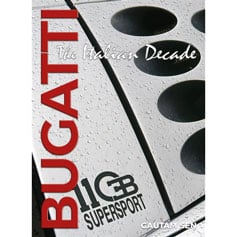
|
Bugatti – The Italian Decade
Guatam Sen Dalton Watson, £125 ISBN 9781854433091 |

Of late, there’s been a steady trickle of hardbacks promising to take you inside the world of contemporary Formula 1. Here’s another, and the most engaging of the lot. Sky…

Racing Driver, War Hero, Industrialist reads the subhead to this family blessed biography. Consequently, it is only a motor racing book in part – and a small part at that.…

Deep-dive volumes on specific chassis of a renowned and successful racing model have become a Porter Press signature. But this one is a little different thanks to its large ‘art-style’…

Jaguar founder Sir William Lyons gave few interviews in his lifetime, which is why this slim but pricey volume, published 40 years after his death, has such value. As is…

Three big hardback volumes in a slipcase, comprising 1960 pages and 665,000 words, illustrated by 3584 photographs, technical drawings and cutaways. Cripes. This is a proper monster. Power Unleashed represents…
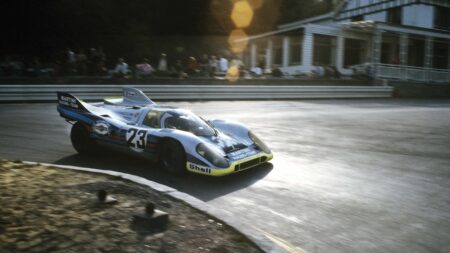
Thirst for the Porsche 917 cannot be quenched, it seems. The latest offering on what many consider the greatest sports racing car of them all is this: Porsche 917: The…
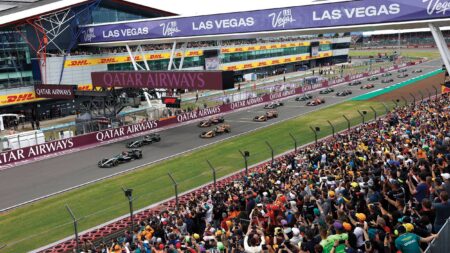
We take it for granted, still curse the traffic on British Grand Prix weekends and brace ourselves for that chill wind that whips across the old airfield site nearly every…

Book of the month “In the everyday world there are jobs you enjoy,” writes Pete Lyons. “Hopefully, you even like the people you work with. But you don’t go in…
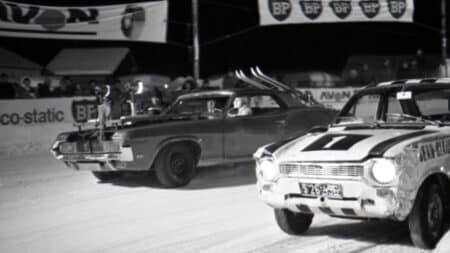
George Lazenby’s one-off appearance as James Bond in Her Majesty’s Secret Service has often been branded as one of the worst films in the franchise. But it’s recently been rising in…
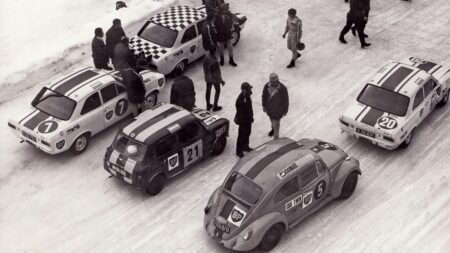
Book of the month What is it about 1964 spy flick Goldfinger that gives it such ‘rewatchability’? Of course there’s Sean Connery as James Bond, who brings humour-tinged rock-hard assurance…
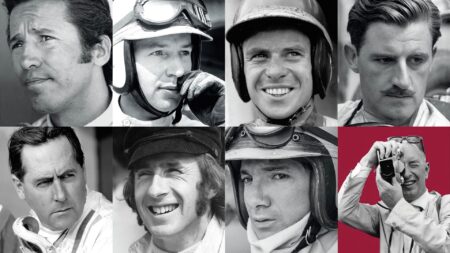
Dr Benno Müller, a country doctor in Germany’s Black Forest region, wasn’t really interested in watching motor sport. But racing drivers inspired him from his first moment of contact when…
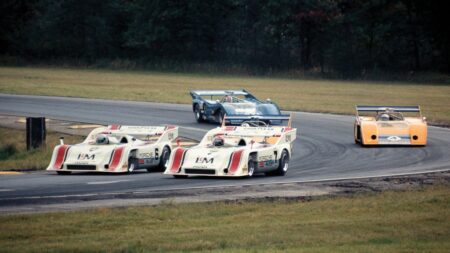
Behind every driver is a team, from design engineers to sweeper-uppers, but we don’t often get to hear from, or even about, them. Here’s a chance for the people who…